Delhi being the capital and most important city of India is also a hub of India’s historical heritage sites. The city highlights the history of Mughals with their exemplary architectural work laid in the form of famous forts, monuments, tombs, and masjids. All of them glorify our Indian history which attracts millions of visitors from different parts of India and across the world making Delhi a popular tourist destination. In today’s blog post, you will learn about the famous forts in Delhi and their historical significance.
But specifically, if we talk about Forts, then Delhi is one of the major cities in India which houses almost all Mughal Forts and architectures. So let’s check out the 6 historical forts in Delhi, glorifying the past history.
Magnificent Forts in Delhi
Famous Forts in Delhi
Red Fort
Red Fort is one of the signature forts of Delhi and a popular tourist attraction. It was built by Shah Jahan on the banks of Yamuna river. The fort is built of red sandstone sprawling across a total area of 254.67 acres. The walls of the fort stretch across a distance of 2.41kms and features different heights as 18meters of the wall covers the riverside while 33 meters of the wall stands high on the city side.
Initially, Agra Fort used to be the royal residence of the Mughals but when Shah Jahan shifted his capital from Agra to Delhi, the Red Fort became their residential place during the period of 1648 to 1857. The Fort is laid out in beautiful lush green garden housing the stream of paradise.
The most important structures inside the Fort are Mumtaz Mahal, Rang Mahal, Khas Mahal, Hira Mahal, Moti Masjid, and the Hammam. It also hosts an amazing light and sound show in the evening recreating the historical instances related to Red Fort. It is one of the most popular forts in Delhi.
A Must Read Red Fort A Complete Guide – Timings, Entry Fee, History, Nearby Attractions
Purana Quila (Old Fort)
It is a very old fort of Delhi built by Sher Shah and Humayun. The fort stands tall covering an area of 2km. The site where the Fort is constructed was once believed to be the city of Indraprastha which was the capital of Pandavas. The Fort consists of three main gates known as- Humayun Darwaza, Talaqi Darwaza, and Bara Darwaza. All of them are double storied and posses a giant structure built from red sandstone.
Recommended Read Old Fort Timings, Entry Ticket, History, Nearby Attractions
The walls of the Fort were constructed by Humayun and the buildings inside the fort were constructed by Sher Shah. Half of the fort today is ruined while the gates are intact housing the two prominent structures- Sher Mandal and Quila-i-kunha Masjid. The Sher Mandal is a two-storied structure with an octagonal tower which used to be Humayun’s library while Quila-i-kunha Masjid served to be the holy place for prayers following Indo-Islamic architecture. The location is a very popular tourist destination in Delhi. It is also one of the oldest forts in Delhi.
Also Read 22 Famous Historical Places in Delhi
Tughlaqabad Fort
The fort is one of the major attractions in Delhi built by Ghiyas-ud-din Tughlaq who was the ruler of Tughlaq Dynasty. The fort was built to protect the Tughlaq empire form the Mongols. The fort was constructed in 1321 but later got abandoned in 1327. The fort is a massive structure built of stone having walls of 10 to 15 meters in height. The walls are topped with parapets and bastions.
Although the major part of the fort is ruined however in recent times also it manages to glorify the history of Delhi Sultanate. The fort also displays amazing architectural works and craftsmanship with its ramparts and battlements having stonework. The walls of the fort once consisted of palaces, mosques, and audience halls but unfortunately, none of it could be preserved. The southern side of the Fort houses the tomb of Ghiyas-ud-din tughlaq which displays one of the finest works of Indo-Islamic architecture.
You may also like 17 Best Water And Amusement Parks in Delhi
Other Important Forts in Delhi
Qila Rai Pithora
The fort was built by Prithviraj Chauhan which is also called Rai Pithora. The construction of the fort was first started by Anangpal who was a Tomar ruler and later continued and completed by Prithviraj Chauhan. The Fort consists of 7 gates- Sohna, Ranjit, Ghazni, Hauz Rani, Buduan, and Maya.
The Sohna gate once used to house a sun temple and twenty-seven Hindu and Jain temples inside the fort. Today almost the major part of the fort is in ruins across the areas of Saket and Mehrauli in New Delhi. The boundary walls are mostly ruined but the fort still manages to look beautiful in the evening time where the ramparts are lighted.
You may also like 13 Beautiful Gardens And Parks in Delhi
The Tomars, Chauhan, and Slave dynasty ruled from this fort in the 12th and 13th century. The fort also houses the statues of Prithviraj Chauhan and the areas around the fort today are converted into green landscapes and walking areas. The walking trail of the fort is covered in red sands and gives significant views of Qutub Minar, and Adam Khan’s Tomb from its stone stairs. The Fort wall has an opening which can be viewed from Mehrauli-Qutub road and the remains of the Lal Kot citadel can be viewed from Badarpur-Qutub Road.
Siri Fort
The fort is located to the northern part of Mehrauli and eastern side of Hauz Khas. It was constructed by Ala Uddin Khilji in 1303. The protecting walls of the fort extend across Khel Gaon Marg to the south and west. The fort is named as such because the term ‘Sir’ refers to head in Hindi and according to history almost 8000 heads of the Mongol Soldiers was buried in the fort location.
The Fort initially consisted of palaces and many other structures but mostly all of it is ruined today leaving the citadels, ramparts, and the Southeast gate. The Fort still reminds the visitors about the palaces once situated here with jewels and precious stones engraved in it. The entire Siri city was the second city of Delhi and today some parts of the collapsed city can be seen inside the Fort.
You may also like 18 Famous Temples in Delhi That You Must Visit
Salimgarh Fort
The fort was constructed by Islam Shah Suri in 1546 on an island in Yamuna river. The fort was later connected to the mainland by Jahangir with the help of a bridge. The Fort after that was connected by Shah Jahan to Red Fort which ultimately became a prison during the reign of Aurangzeb. The fort follows a polygonal structure with solid masonry walls.
The Fort is connected to Red Fort to the north by an arched bridge built during the reign of Bahadur Shah Zafar due to which the gate at that side is popularly known as Bahadur Shah Gate. The gate is made of bricks and red sandstone in some places and serves as the main entrance.
The Fort was continued as a prison by the British even after Mughals and many leaders from the Indian national army were imprisoned here during India’s fight for independence in 1945. Due to this reason, the fort also contains the memorials of those leaders and was given the new name of Swatantrata Senani Smarak after India’s independence.
The above-mentioned forts highly reflect the history of Mughals in our capital city Delhi. Each of the forts has separate stories and facts associated with the walls, minarets, bastions, and ramparts. Not only this, the forts are also one of the finest creations of the Mughals by their extraordinary talented architects.
Today although a majority of the forts are in ruins but, the preserved intact structures till now are sufficient to boast about the Indian history which not only attracts millions of Indians but also foreigners from different parts of the world. These Forts will always be a tribute to ancient history no matter how many crumbling walls they have in near future.
Recommended Read
18 Best Places To Visit Near Delhi With Family And Friends
9 Beautiful Tree House Resorts Near Delhi For A Perfect Holiday
13 Popular Churches in Delhi To Visit During Christmas
15 Beautiful Lakes in And Around Delhi That Are A Must Visit
Hope you liked this article on famous forts in Delhi. Do share your views with me in the comments section below. If this article was helpful, do share this post with your friends on Facebook and Twitter. It would mean a lot to me.


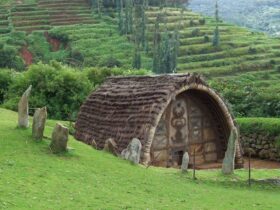
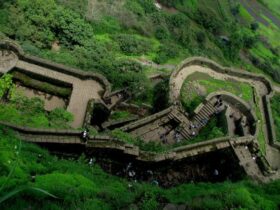
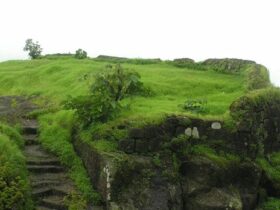

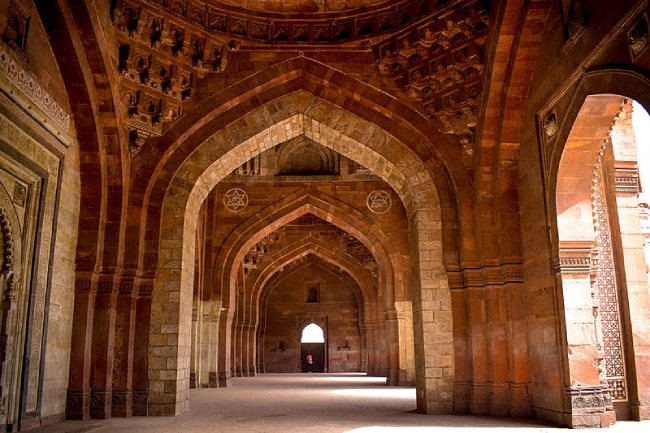
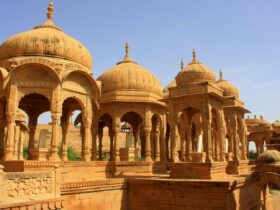
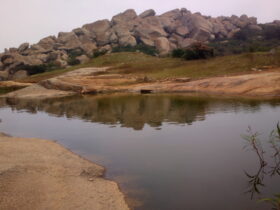
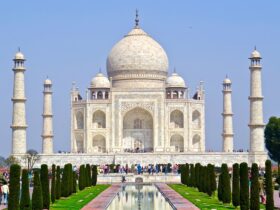


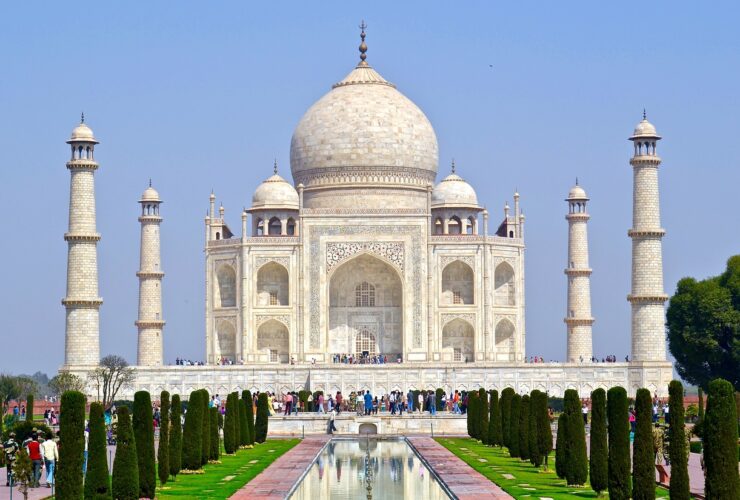

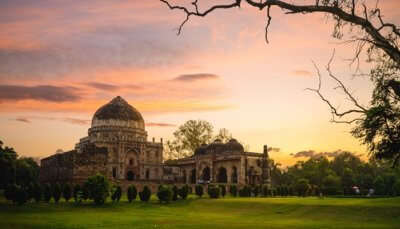
Leave a Reply
View Comments